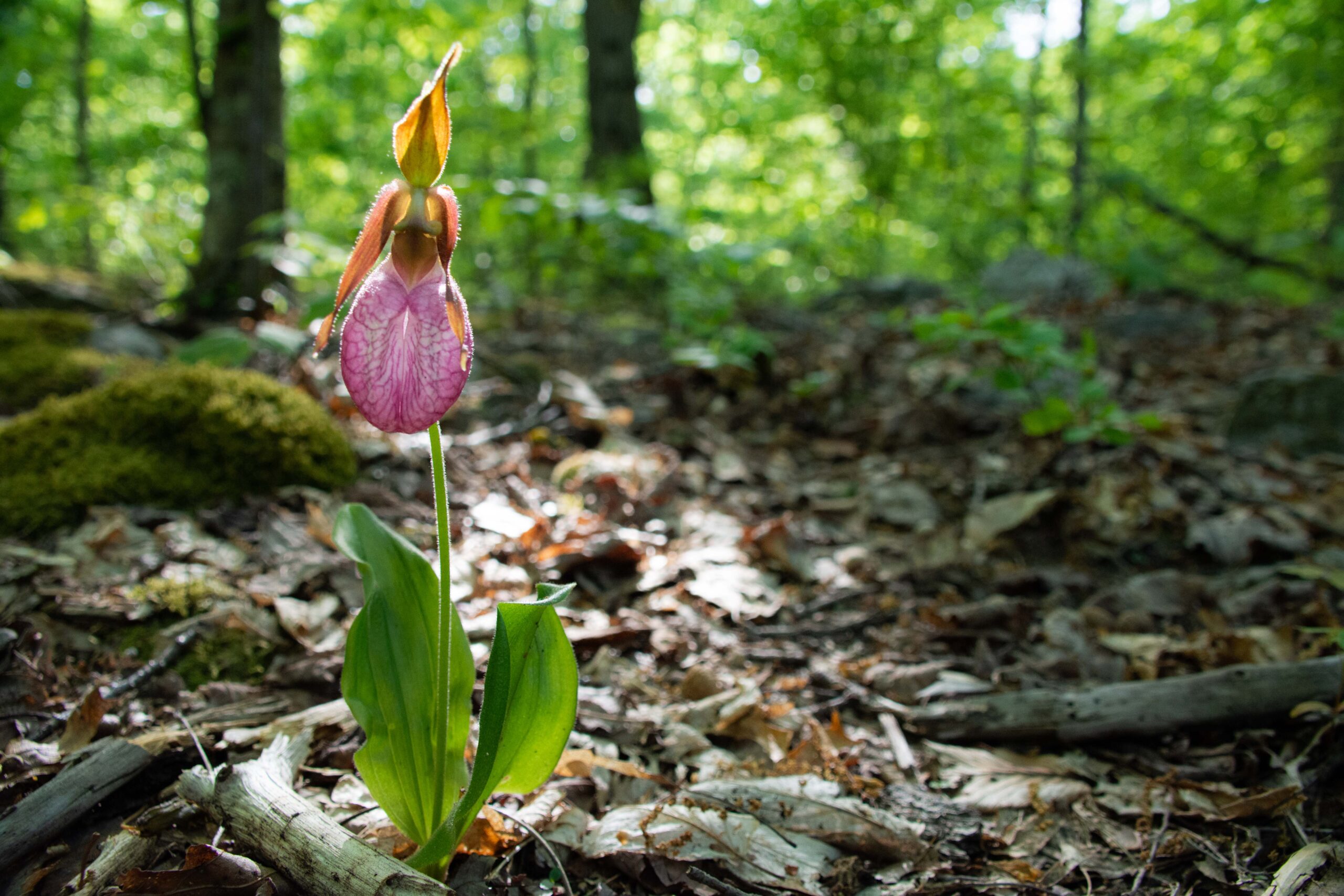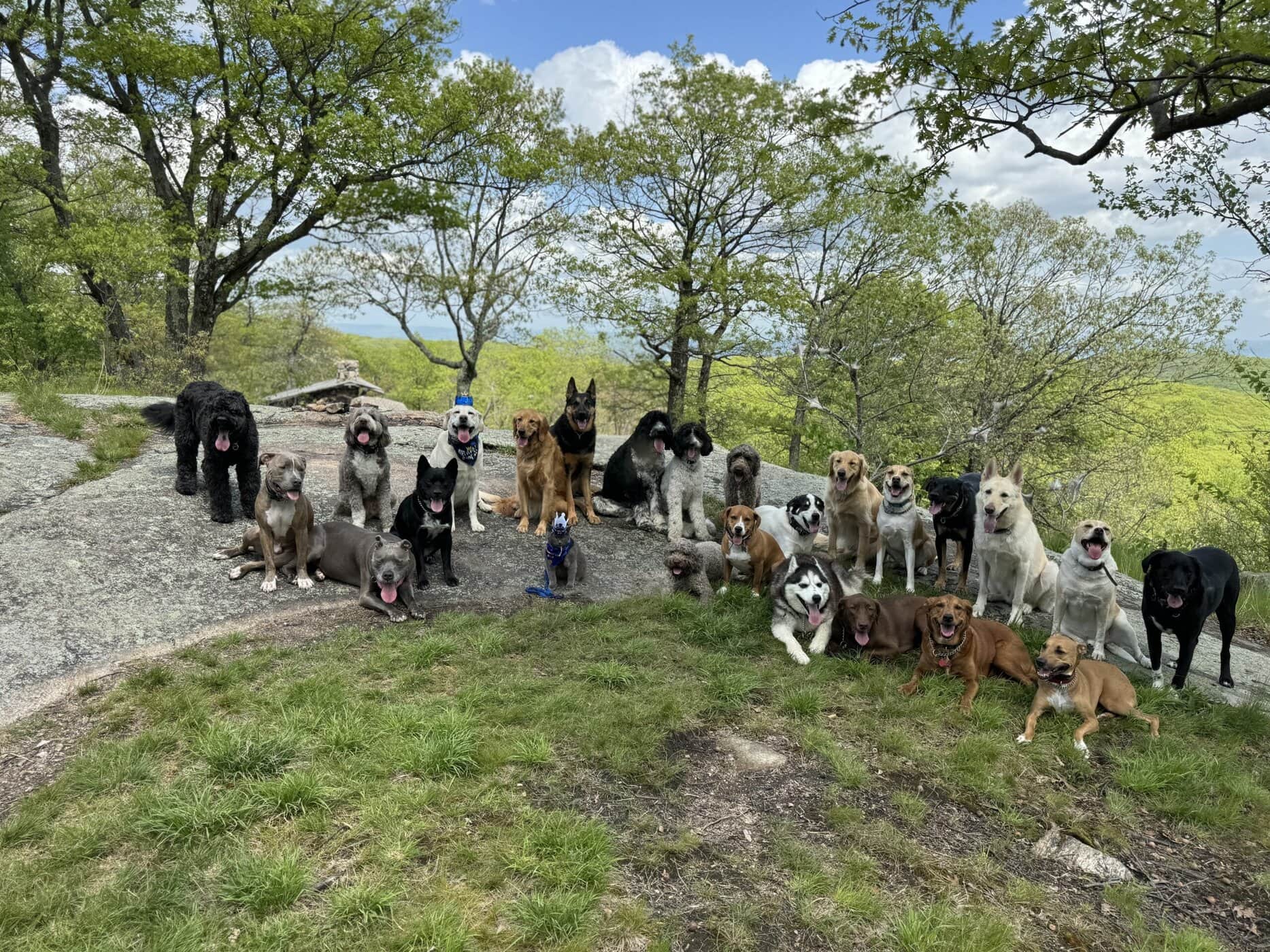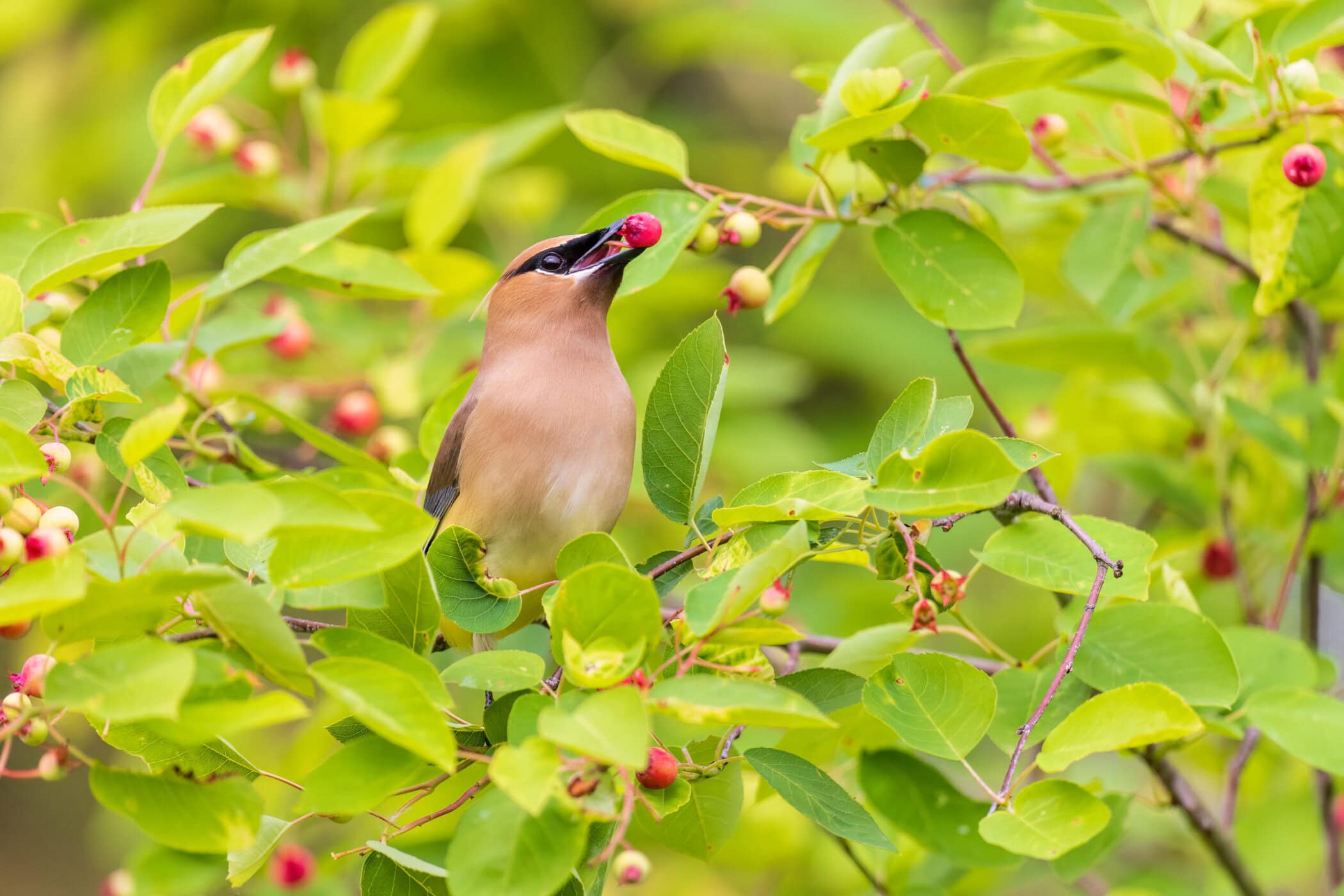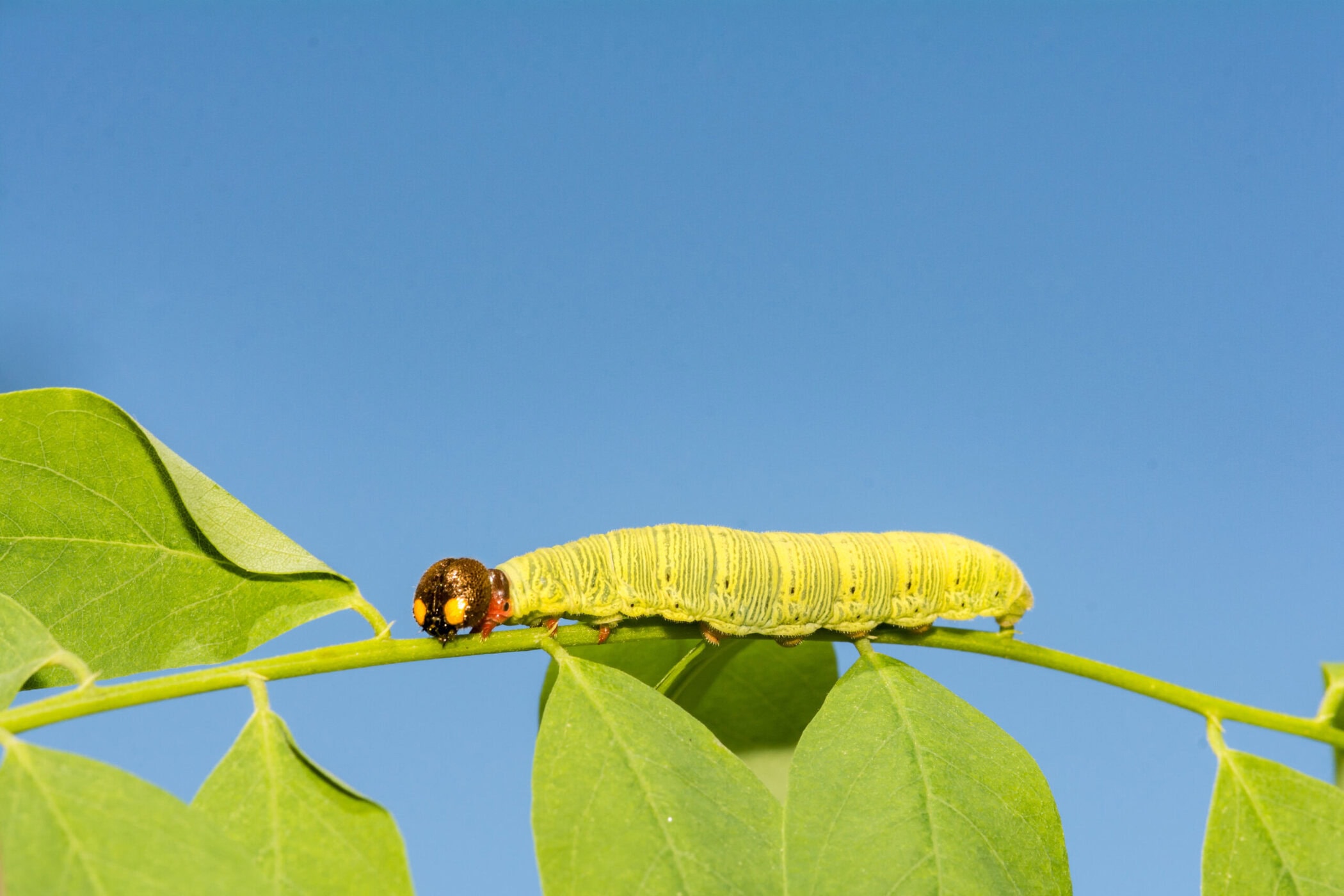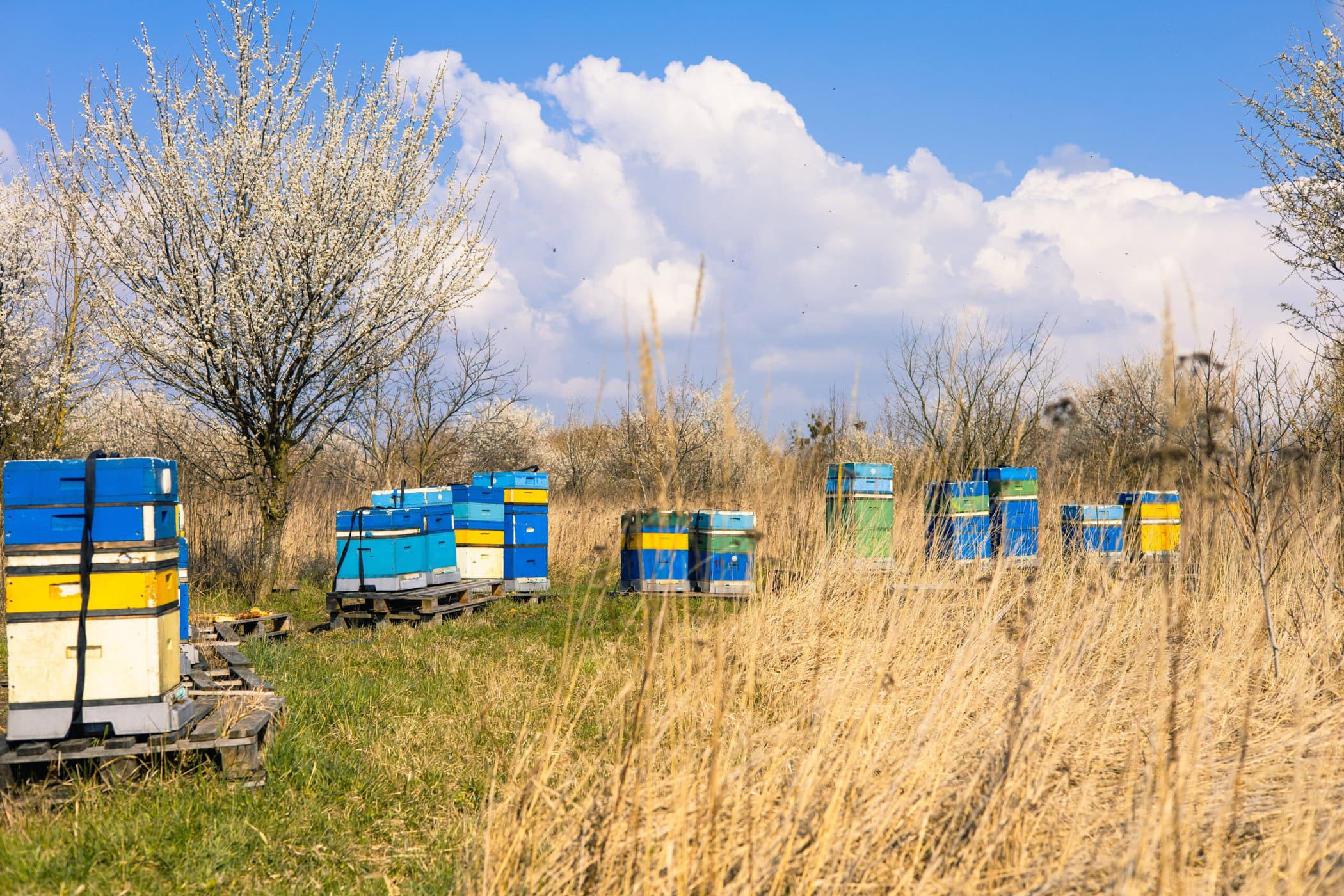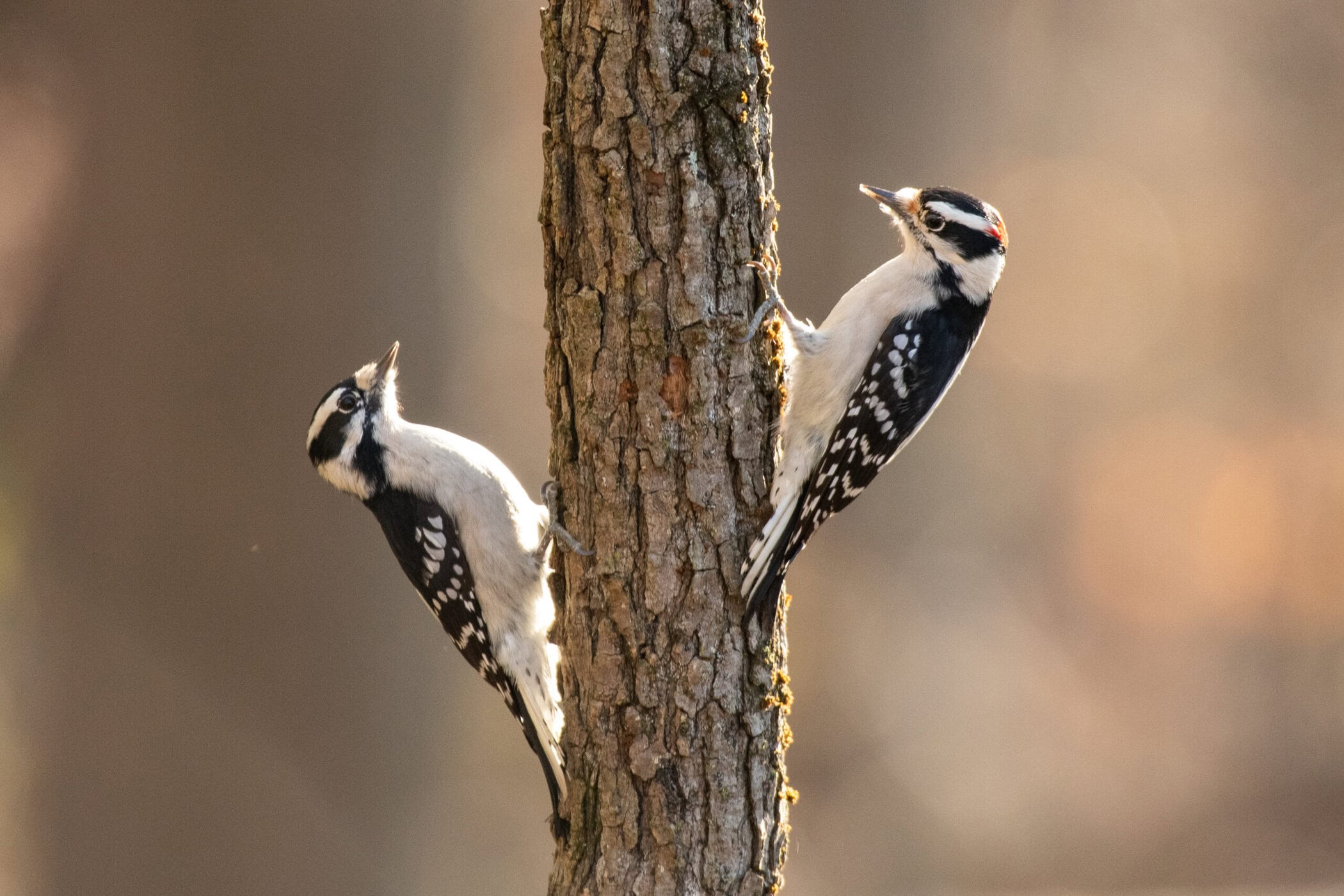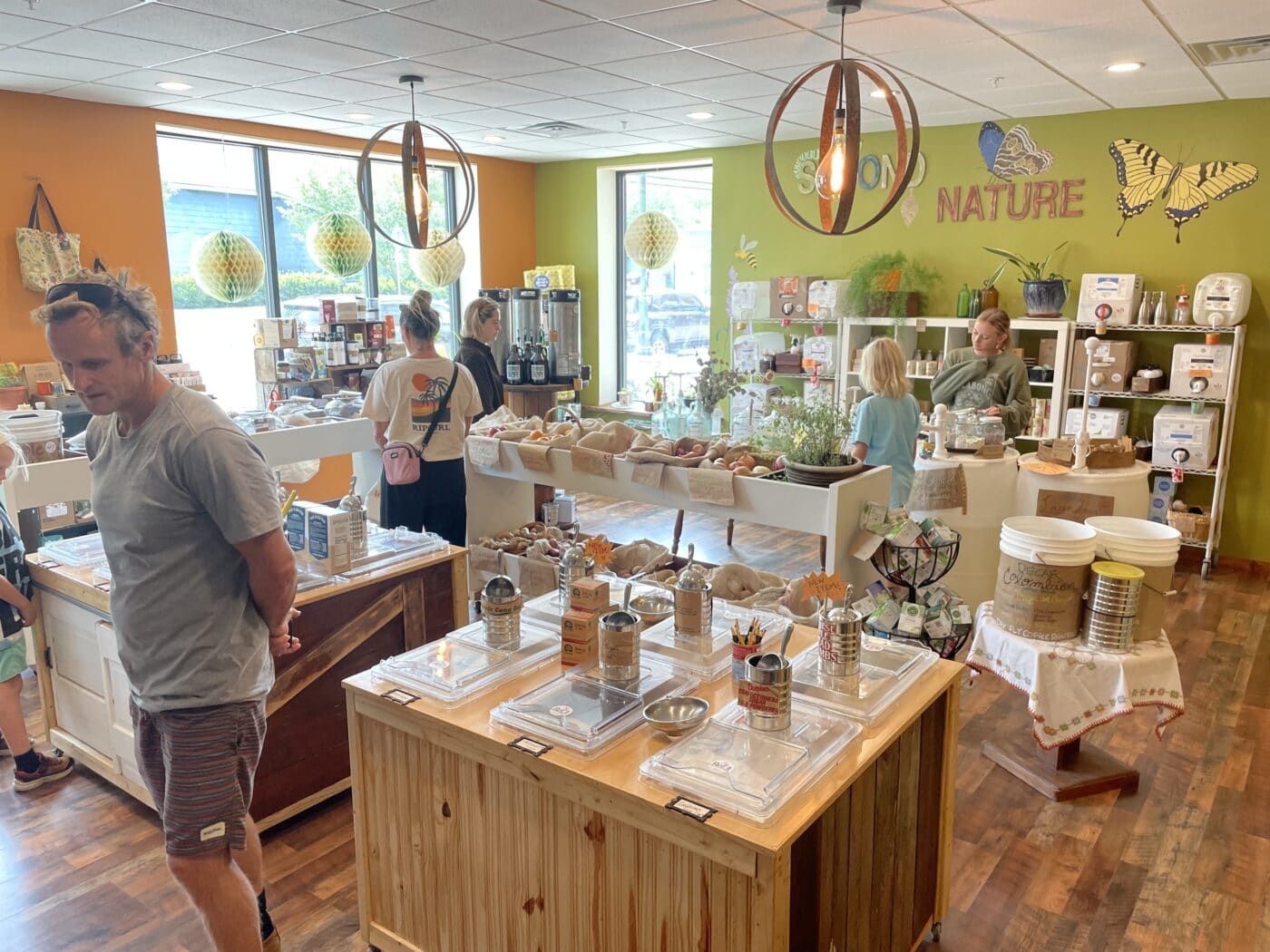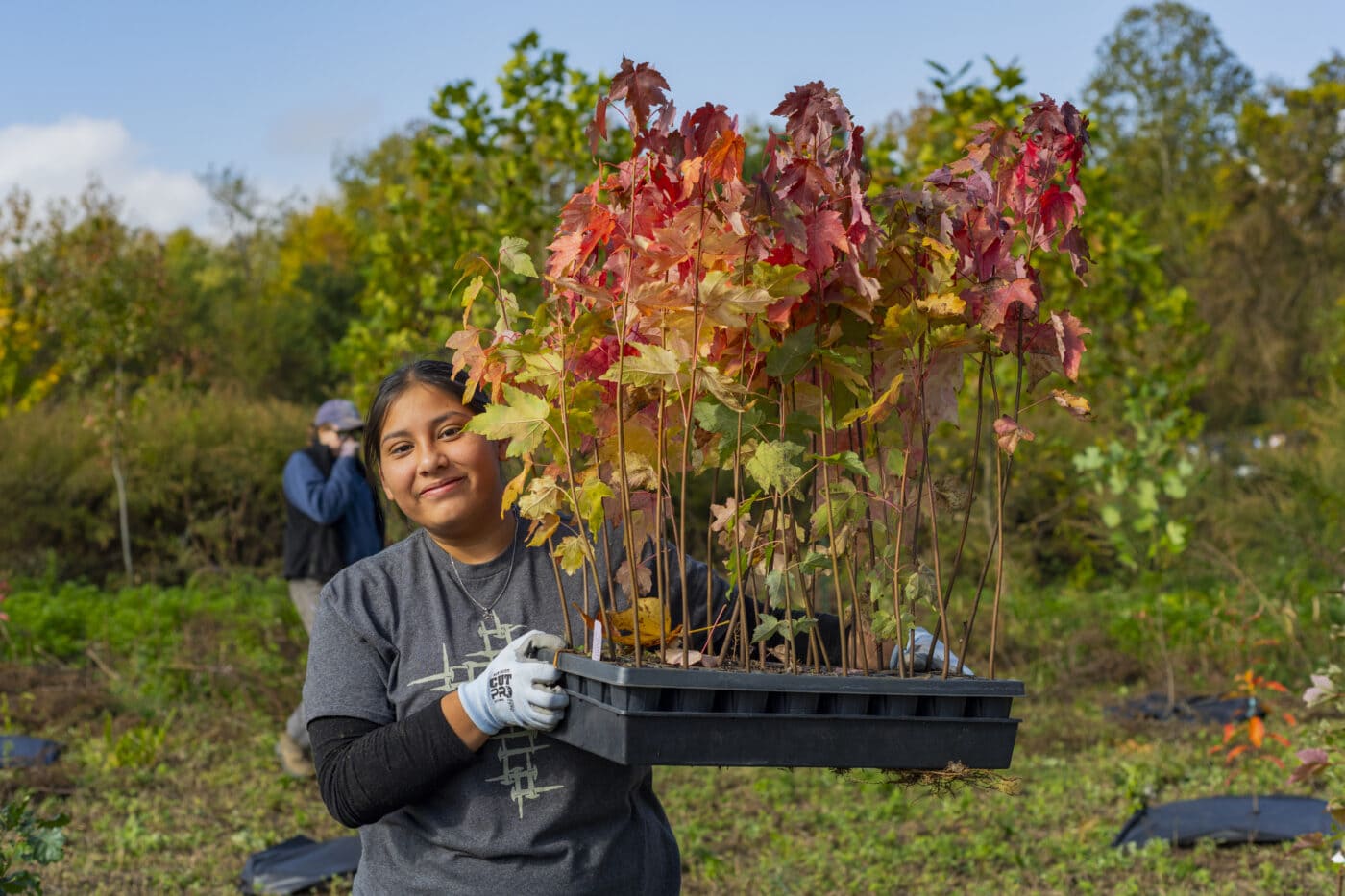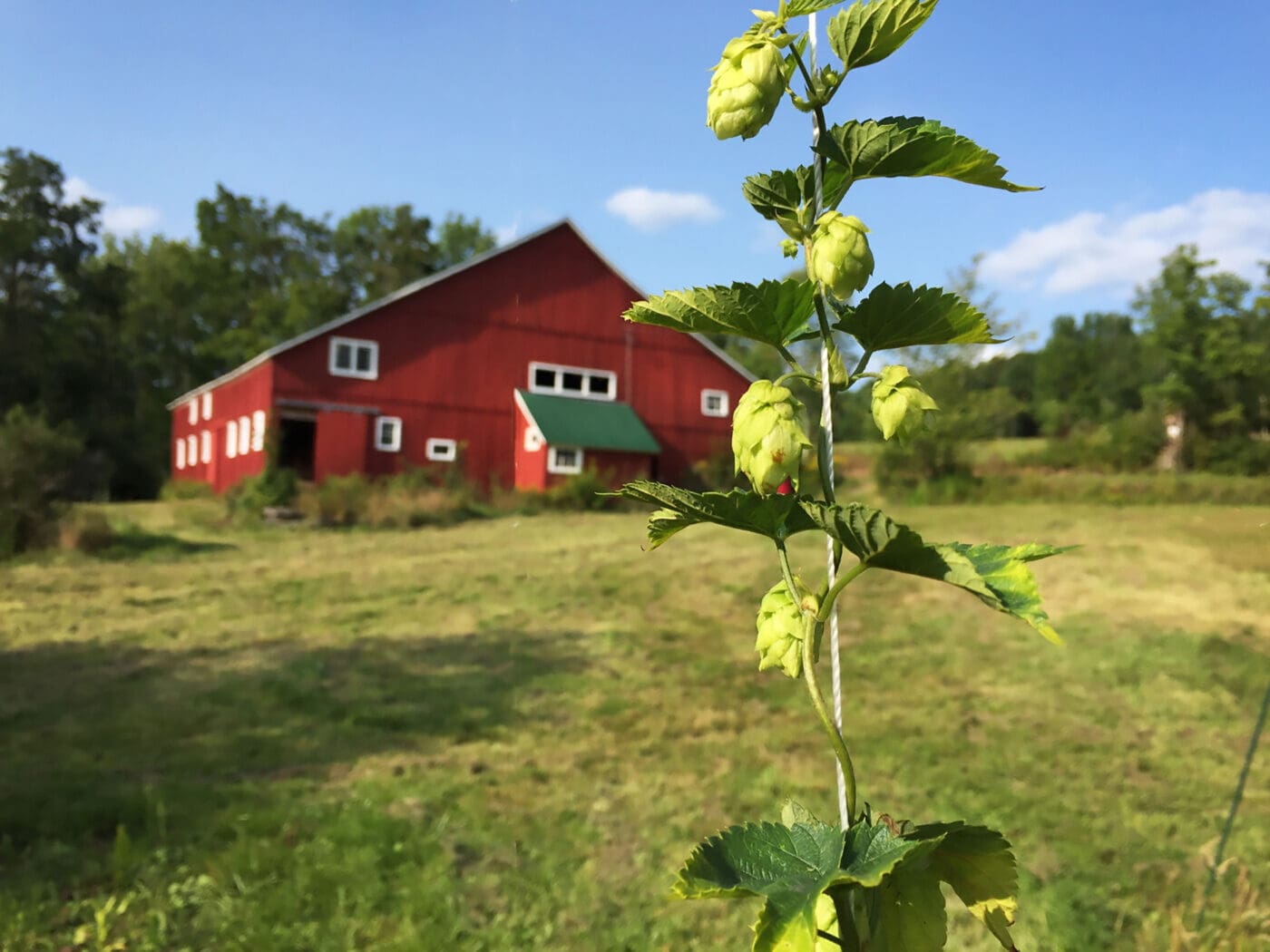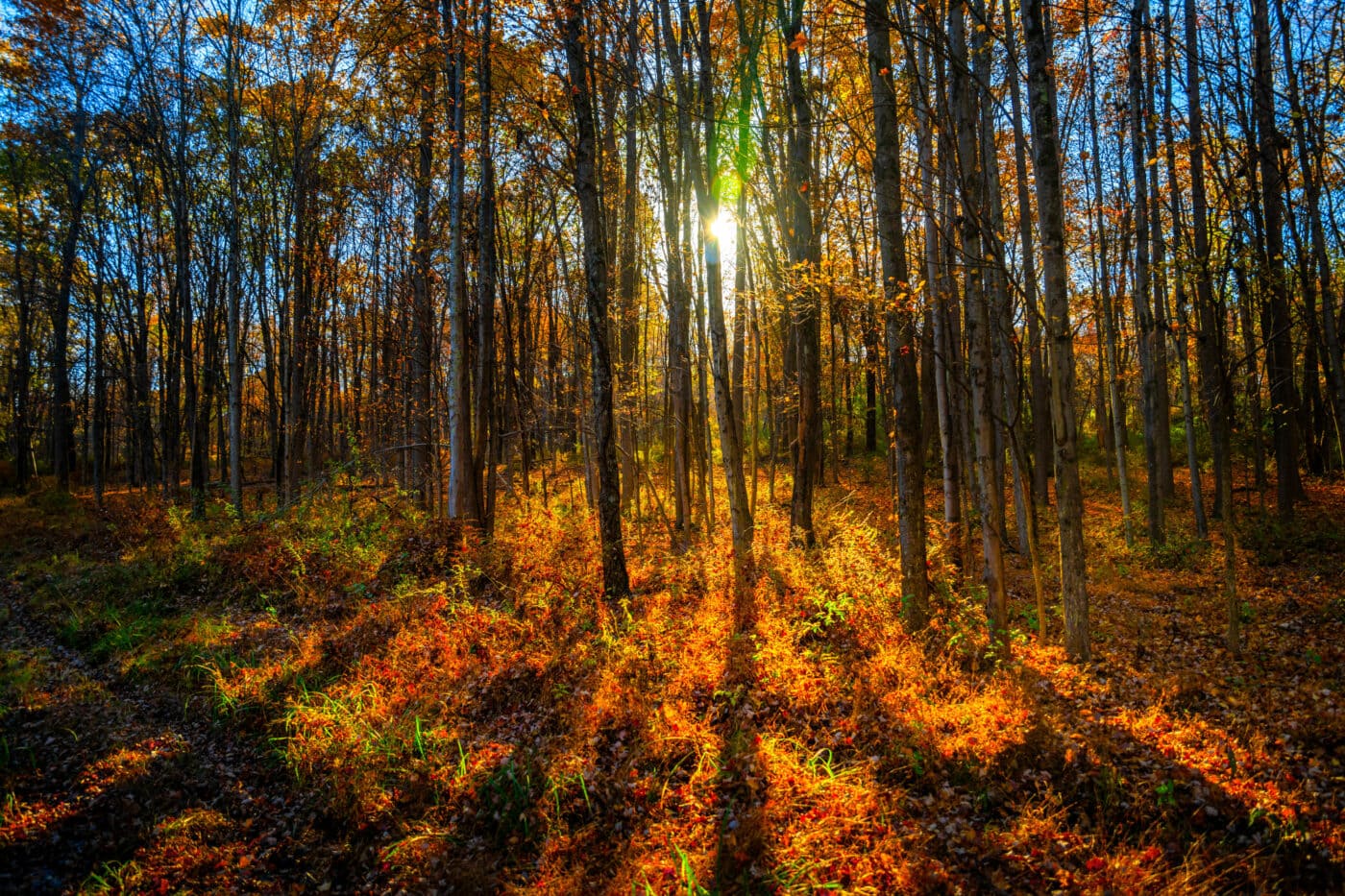The next time you see a honeybee buzzing around a flower or a shrub or an apple tree, you can be grateful. One, because honeybees pollinate 80% of the world’s flowering plants, which provides much of our food. And two, since the bee is alive and well, that means it hasn’t contracted American foulbrood disease, or AFD — a fatal, highly contagious disease that kills millions of honeybees worldwide each year.
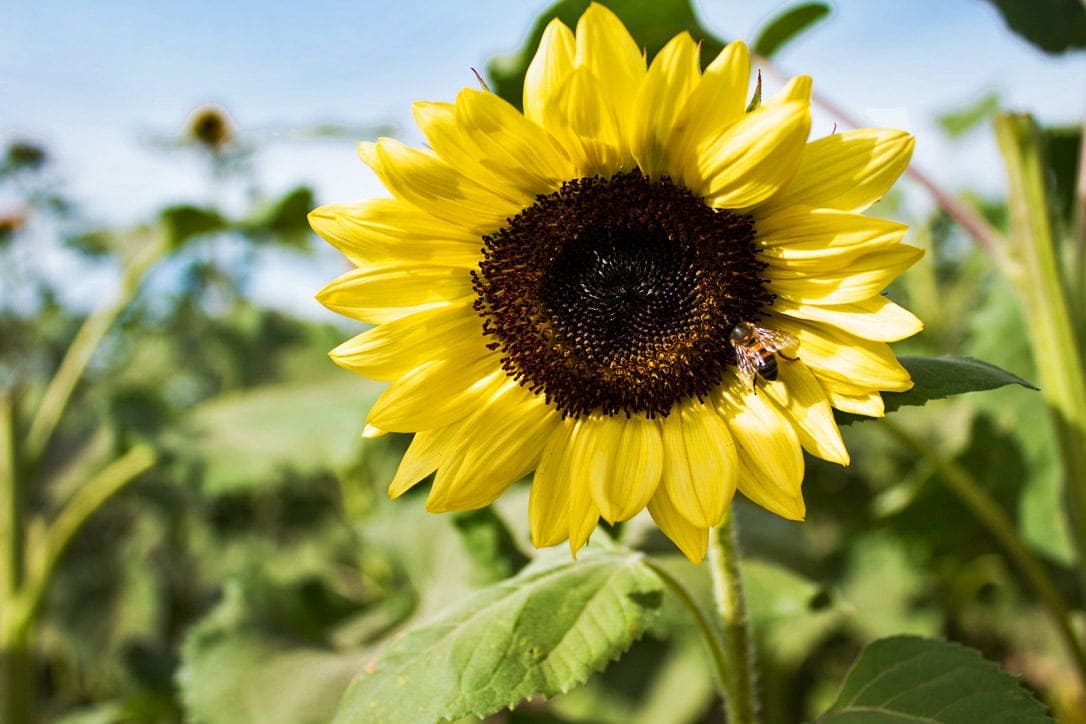
First discovered in New Zealand in 1877, AFD is caused by the bacterium Paenibacillus larvae which enters developing pupae, or larvae, after they swallow AFB spores. It does not affect adult bees. Once a hive is infected, the consequences are devastating. The hive, the colony, and any equipment must be burned and buried underground, which is extremely costly for beekeepers.
In addition, every hive within several miles must be quarantined. There is no cure or treatment for AFD, and for almost 150 years there has been no way to contain it. Until now.
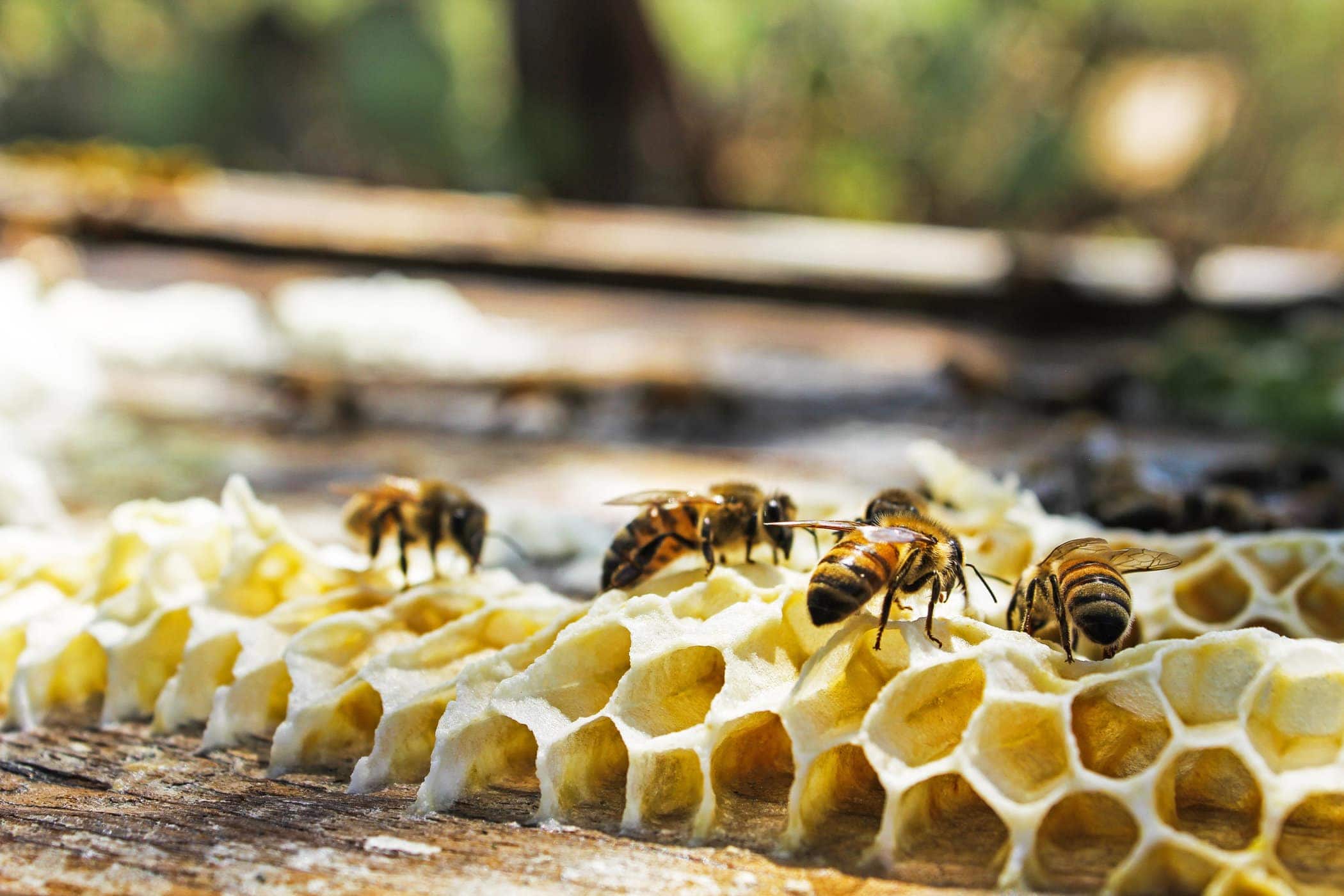
In December 2022, Delaware-based Dalan Animal Health received approval from the USDA for the world’s first vaccine against AFD. It is currently being rolled out to commercial producers, and eventually will be made available to bee hobbyists as well.
“Bees all over the world are suffering from a number of diseases, as well as from parasites, predators, pesticides, climate change, and habitat loss,” Dalan’s co-founder and CEO Annette Kleiser explains. “To change those things will take 20-30 years, and we can’t wait that long. That’s why we set out to create a vaccine against American foulbrood disease. Now future generations of honeybees are less likely to get sick.”

So how do you vaccinate a bee, with a really small needle? The process is fascinating. First, worker bees are fed queen’s candy, a sugar paste containing inactive AFD bacteria. Once this is digested, it travels from the bees’ gut to a gland where it is turned into royal jelly. The worker bees then feed the royal jelly containing the bacteria to the queen.
As the queen digests the jelly, the bacteria enters her ovaries and gets passed on to her developing larvae. These immature “baby bees” mount an immune response to the bacteria so that when they hatch, they are inoculated against AFD.
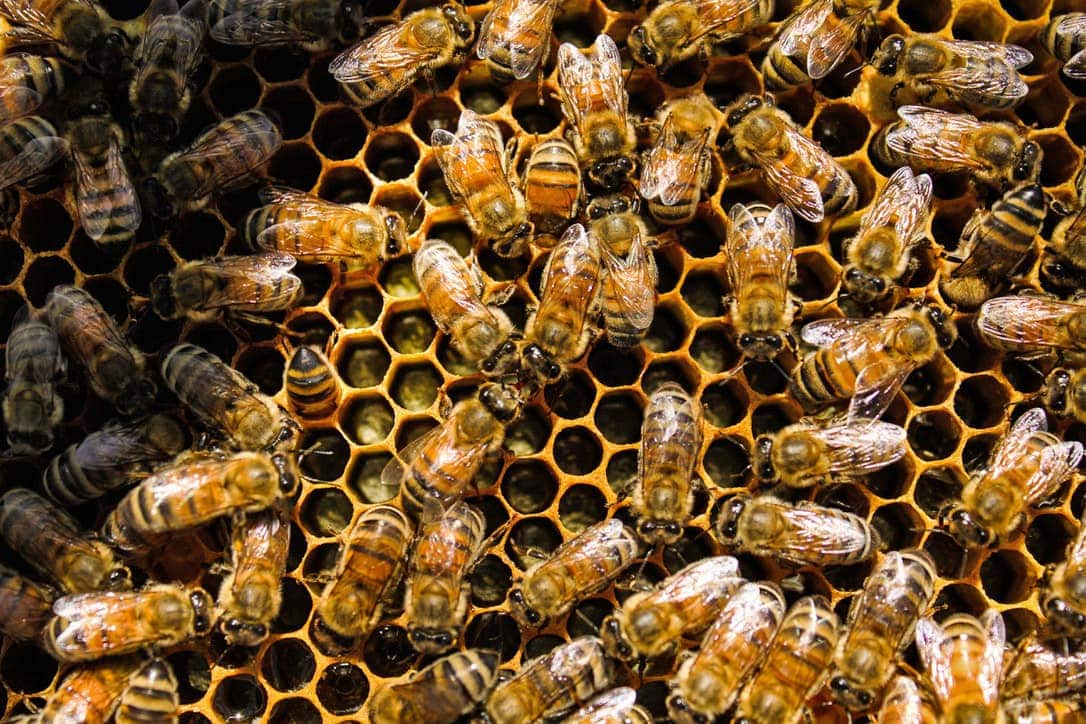
To apiarists (those who study or keep bees), this is a really big deal. According to Dan Winter, president of the American Beekeeping Federation, the new AFD vaccine is “a watershed moment in hive health and welcome news to honey producers. Regardless of the size of their operation, beekeepers have been limited to antibiotic treatments, which can become less effective as bacteria develop resistance.
A vaccine that is able to stop an outbreak before it reaches a hive would allow honey producers to focus their energy and resources on other aspects of keeping a colony healthy. Winter is enthusiastic that the vaccine can be used in organic agriculture as well.
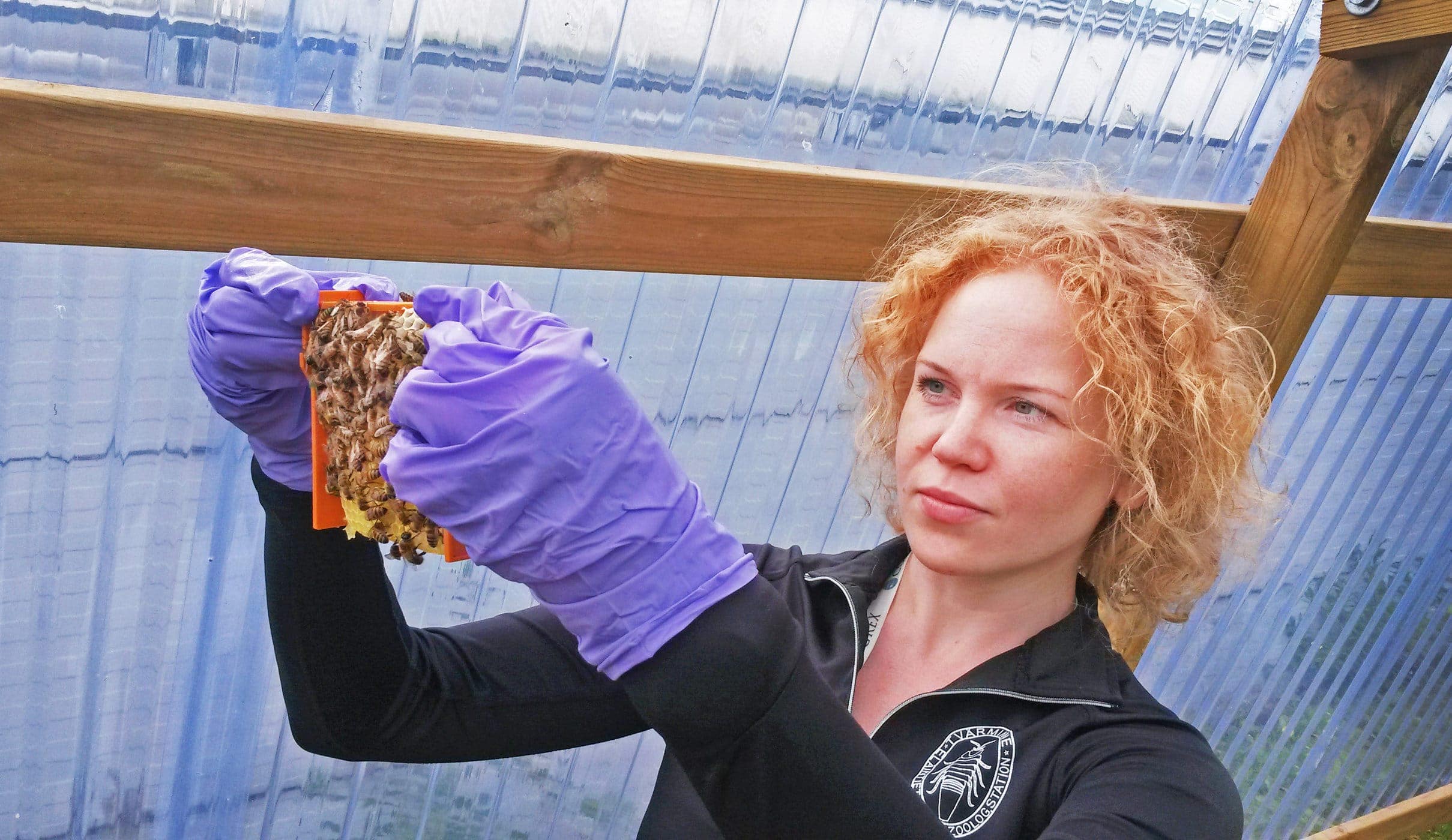
Nancy Wu Howard, a sideliner beekeeper (meaning that she maintains less than 100 hives) in Tivoli, N.Y., remarks that the new vaccine is “like Salk and polio. It passes immunity from the queen down to all of the brood that she’s laying. That’s a much more efficient and safer way for the bees. It’s really a fantastic achievement for the honeybee industry.”
Walter Scott, a master beekeeper and vice president of the Long Island Bee Club, agrees. “It’s a breakthrough in managing honeybee diseases,” he says. “Beekeepers can now sell vaccinated queens so when they’re introduced into hives, the whole hive is inoculated. This is important because bees are a critical piece of our ecological system. They pollinate most of the fruits, vegetables and grains we consume, as well as the food that livestock eat, which is another of our food sources.”
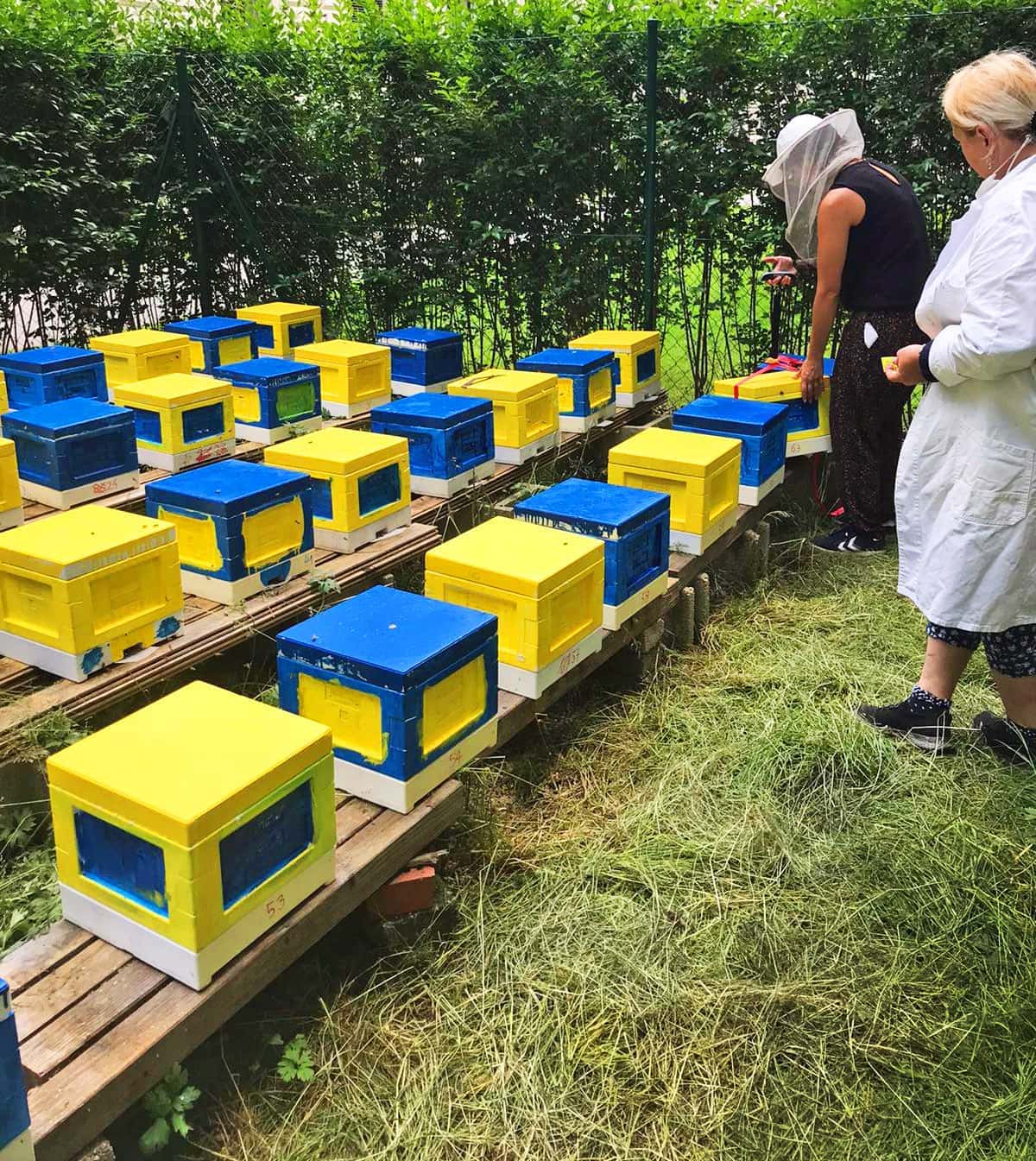
To fully appreciate the enormous value of the new vaccine, it’s worth contemplating what would happen if suddenly there were no more bees. Says Howard, “There’s a famous quote that’s attributed to Einstein but actually it was Maurice Maeterlinck, a Belgian playwright and philosopher, who said, ‘If the bee disappeared off the face of the Earth, man would only have four years left to live.’”
Of course, honeybees are just one type of pollinator, and they’re bred as a livestock. Wild pollinators are in decline all over the world, and especially in urban areas, honeybees may contribute to making food scarce for them. Another issue, colony collapse disorder, was identified in 2006 and has been killing bees for reasons scientists still don’t fully understand. The bottom line: the new honeybee vaccine is exciting and unprecedented, but much more remains to be done for the world’s sweetest insects.
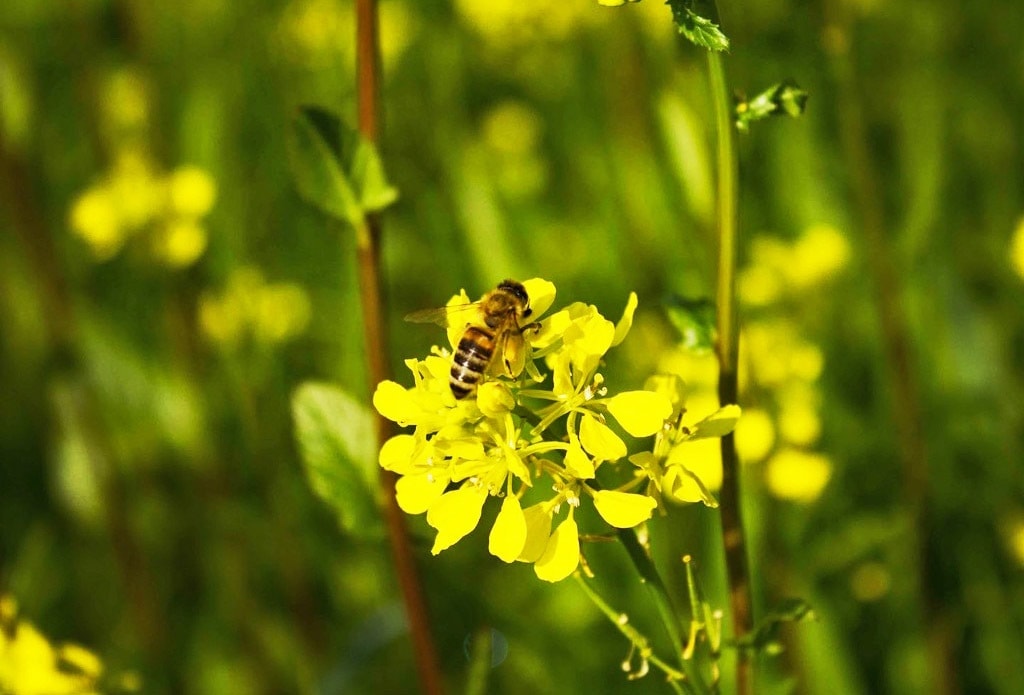
ML (Mary Louise) Ball is a writer as well as rider, competing around the region in eventing, or horse trials. Originally from North Carolina but now based in LaGrange by way of NYC, she is constantly amazed by the endless joys and adventures to be found in the Hudson Valley. She also writes for Millbrook Magazine.


